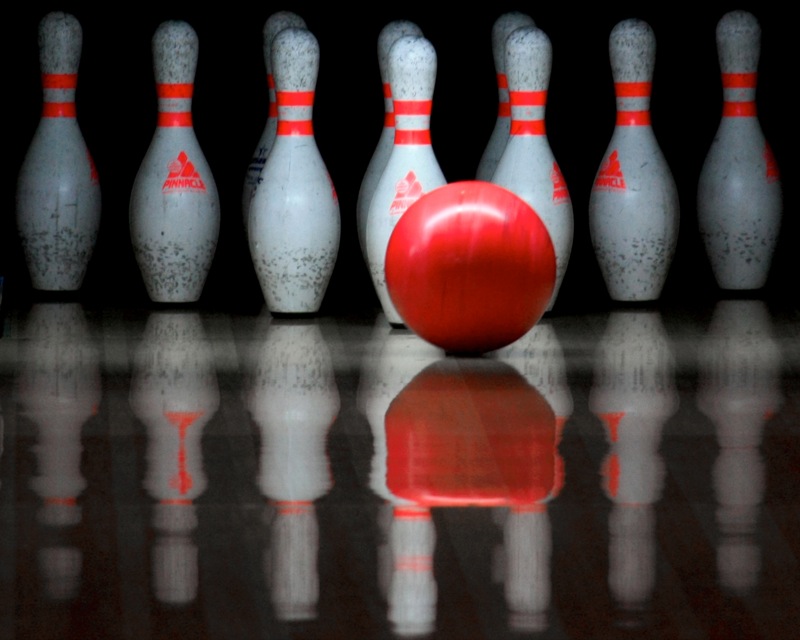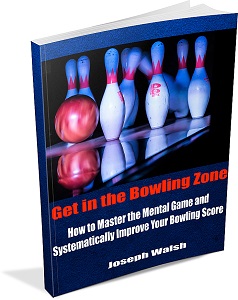
Bowlers can be meaningfully grouped into a few categories, and one of the major ones is fairly obvious to any onlooker: the style with which they throw the ball.
One bowling style is the aptly-named straight ball, where the release is straight and the ball travels in a straight line down the lane and towards the pins.
This is most common for beginners, and this is also the style that should be used with house balls at the alley.
But inevitably, there comes a time when bowlers see others around them (or professionals on TV) spinning the ball impressively into the pocket, and aspire to learn to do the same.
First things first, this is a style where you really need your own bowling ball, as it must be fitted to your hand in order to achieve a good spin, or hook as it’s normally called. (Take a look at our guide on choosing your first bowling ball for more on this.)
There are a few key techniques for achieving hook, and also some misconceptions that you’ll want to be aware of.
Benefits of a Spin/Hook Ball
The spin or hook ball is ideal because it gives you the best angle into the area of the pins known as the pocket.
(The pocket is the space between the 1 and 3 pins for right-handed bowlers. It’s between the 1 and the 2 for lefties).
This leads to more strikes than can reasonably be expected with a straight ball, although of course you can still get them as a straight bowler.
As a bowler who is going to throw a large number of games each year, we’re concerned with strike consistency over time, which is much higher with spinning (hooking) instead of throwing it straight.
How to Spin a Bowling Ball
Many bowlers mistakenly think they need to spin their wrist or turn their whole arm sideways across their body in order to achieve this release and generate spin.
But instead, you want to ensure your armswing is smooth like a pendulum.
Most of the hooking motion is actually generated from the manner in which you release your fingers from the ball.
You need to get good lift (the swift removal of your middle and ring fingers, up and to the side of the bowling ball) in order to get the ball to spin correctly into the pocket.
It is also important to continue your arm after release into a strong follow-through pointing up and towards your target.
Check out this article for a detailed breakdown of the hook, including a helpful comparison to something you can likely visualize.
Overall, if you’re deciding between bowling with spin or straight, it is worth considering your ultimate goals. Are you bowling mainly to have fun and compete among friends? If so then you can likely achieve those aims with either technique and if you enjoy throwing a straight ball, there’s no need to change.
But if you aspire to become a successful league bowler or even compete in bowling tournaments, taking your game to the next step and starting to hook the ball is likely a good investment of your time, which will ultimate pay off with higher scores and more adaptability to different lane conditions.
And if you’re interested in taking a systematic approach to improving your game, check out our book Get in the Bowling Zone.
Are you a hook bowler or a straight bowler? How long have you been bowling with your current technique?


I never would have thought that you’d need your own ball in order to be an effective spinner. I’ve been bowling for a while, and I’ve gotten pretty decent with spin even without my own ball. Maybe I should get my own and that would make me even better. I guess I won’t know until I try! Thanks for sharing.